The art of lacquer cutting for vinyl records remains one of the most fascinating yet underappreciated aspects of music production. Unlike the digital realm where sound exists as intangible code, the creation of a vinyl record begins with a physical act—a delicate dance between precision machinery and human touch. The lacquer disc, a blank aluminum-coated platter covered in nitrocellulose, serves as the first tangible form of what will eventually become a vinyl record. This is where music transitions from the abstract to the concrete, where waveforms are carved in real time with a stylus that doesn’t read grooves but creates them.
At the heart of this process lies the cutting lathe, a specialized machine that translates electrical audio signals into physical grooves. The lathe’s cutting head, typically equipped with a sapphire or ruby stylus, vibrates in response to the audio signal, etching spirals into the lacquer’s soft surface. Unlike the playback stylus on a turntable, which traces existing grooves, the cutting stylus must displace material as it moves, shaving away tiny ribbons of nitrocellulose that curl away from the disc. The depth and width of these grooves determine not just volume and frequency response but also the eventual playing time of the record—a constant negotiation between audio fidelity and physical limitations.
The cutting engineer plays a role akin to a mastering engineer in the digital domain, but with far more immediate consequences. Every decision—from the spacing between grooves to the high-frequency equalization—affects the final product in ways that can’t be undone. High frequencies present particular challenges; they require narrower, more precise grooves that demand optimal positioning of the cutting head. Bass frequencies, meanwhile, cause wider excursions of the stylus that can potentially cause adjacent grooves to overlap if not carefully managed. This is why certain bass-heavy vinyl releases might have shorter sides or require specialized cutting techniques.
Environmental factors that would be irrelevant in digital mastering become critical during lacquer cutting. Temperature and humidity affect the lacquer’s malleability, with excessive moisture causing the nitrocellulose to soften and potentially clog the cutting stylus. Static electricity poses another invisible threat, as it can attract dust to the freshly cut grooves. The cutting room itself must be acoustically treated, not for playback purposes but to prevent airborne vibrations from interfering with the cutting head’s movements. Even the ventilation system requires careful consideration, as air currents can subtly affect the cutting process.
After cutting, the lacquer undergoes immediate inspection under a microscope. Unlike digital files that can be endlessly duplicated without degradation, each lacquer is a unique artifact bearing microscopic evidence of its creation—tiny imperfections in the nitrocellulose, the characteristic swirl of displaced material at the groove edges, even the occasional stray particle embedded in the surface. These aren’t defects so much as fingerprints of the process, evidence of music’s transition from electricity to physical form. The lacquer can’t be played like a finished record; the soft nitrocellulose would be destroyed by a playback stylus in seconds. Instead, it serves as the master from which all subsequent copies will be derived.
The journey from lacquer to finished vinyl involves several generations of replication. The lacquer first receives a conductive coating through silver plating or sputtering, then undergoes electroforming to create a metal negative called the stamper. This stamper will eventually press molten vinyl into the familiar disc shape, but between these steps lie multiple intermediate copies, each potentially introducing minute changes to the sound. Remarkably, despite this chain of analog replication, a well-made vinyl record can preserve frequencies extending beyond 50 kHz—far beyond human hearing range and even surpassing the capabilities of standard CD technology.
Contemporary lacquer cutting blends vintage equipment with modern technology. Many studios still use Neumann lathes from the 1950s and 1960s, machines that have become increasingly valuable as their original manufacturers ceased production. These mechanical marvels are often paired with digital audio workstations that allow for precise control over aspects like groove spacing and depth. Modern cutting heads may incorporate advanced materials and cooling systems to handle today’s dynamic range requirements. Yet for all these technological advances, the process remains fundamentally physical—an artisanal craft where the engineer must listen not just with ears but with fingertips, watching the curl of nitrocellulose as it peels away from the disc.
The resurgence of vinyl has brought renewed attention to lacquer cutting, though few outside the industry understand its complexities. In an era where music often feels disposable, the lacquer cutting process demands slowness and intentionality. Each album side requires real-time cutting—about twenty minutes of concentrated work that can’t be rushed or automated. Mistakes can’t be undone with a keystroke; a single error might mean starting over with a fresh lacquer. This physicality creates a tangible connection between the music and its production that many argue contributes to vinyl’s enduring appeal—not just as a format, but as an object imbued with the traces of its creation.

By /May 30, 2025

By /May 30, 2025
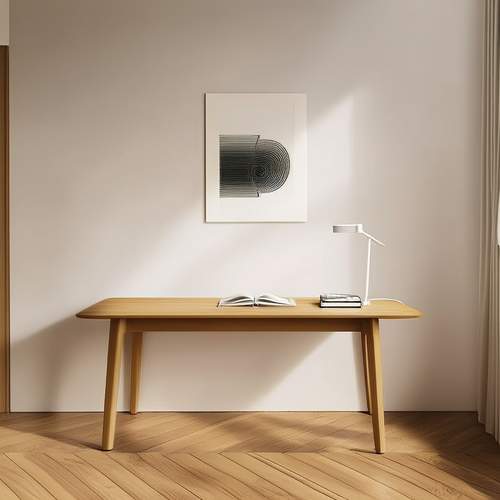
By /May 30, 2025

By /May 30, 2025

By /May 30, 2025

By /May 30, 2025

By /May 30, 2025
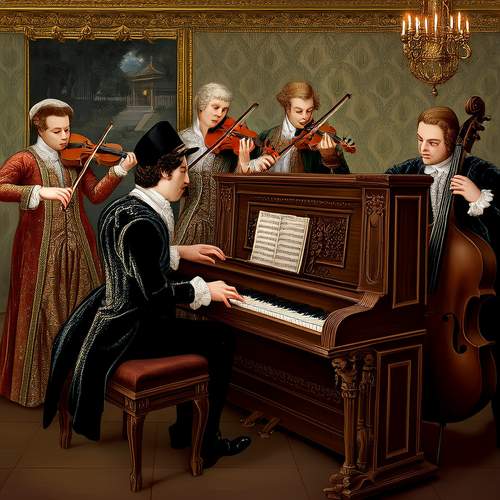
By /May 30, 2025
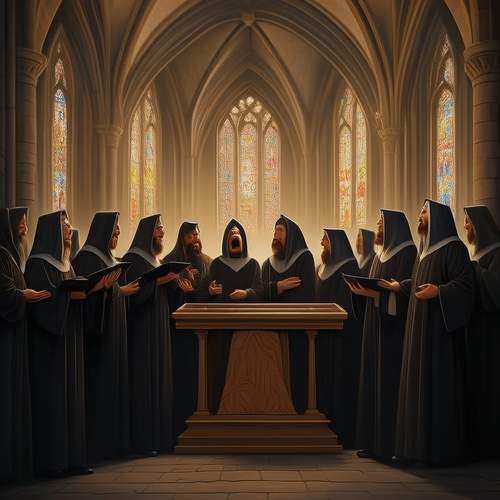
By /May 30, 2025

By /May 30, 2025
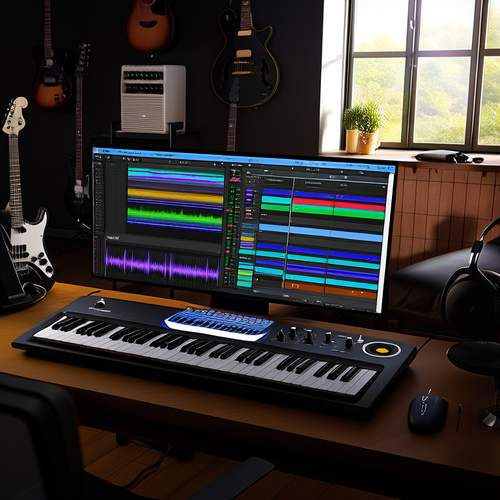
By /May 30, 2025
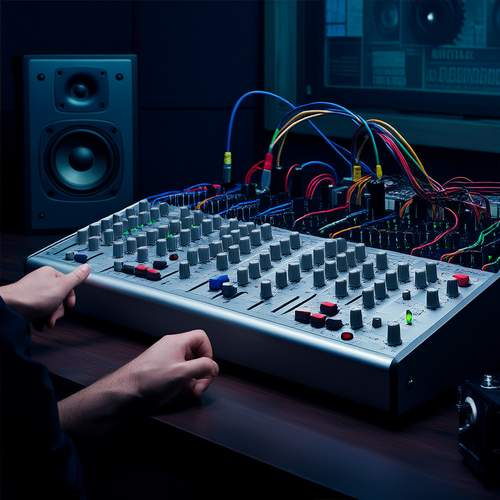
By /May 30, 2025
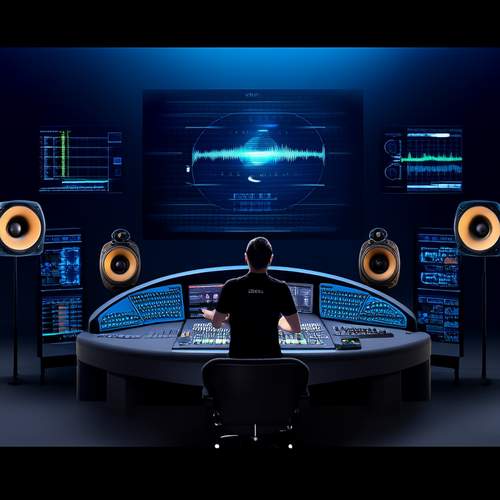
By /May 30, 2025

By /May 30, 2025
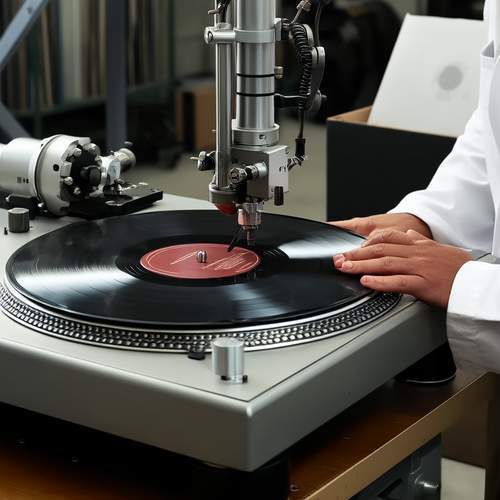
By /May 30, 2025
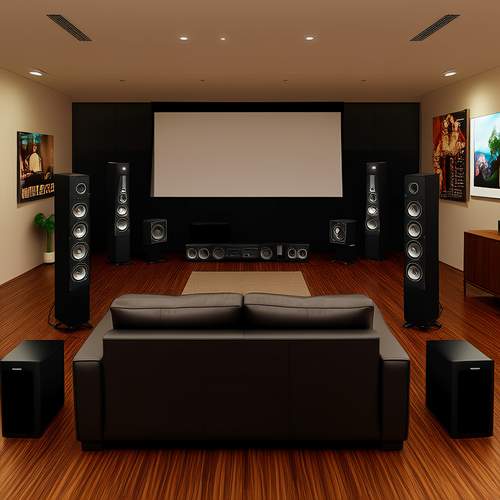
By /May 30, 2025
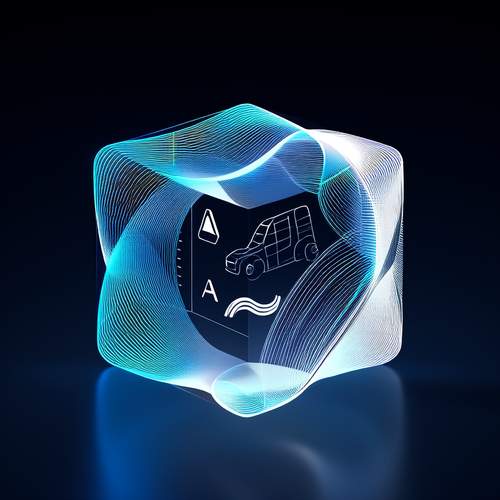
By /May 30, 2025

By /May 30, 2025
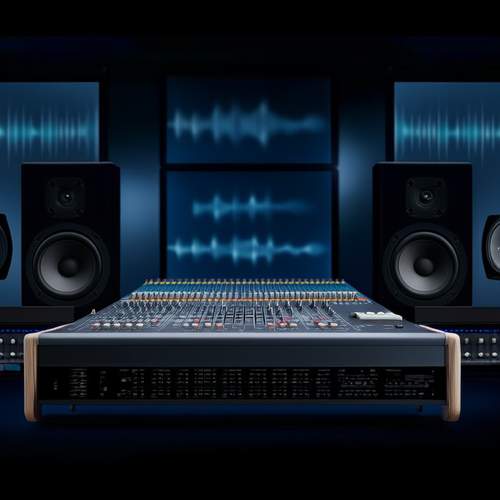
By /May 30, 2025

By /May 30, 2025